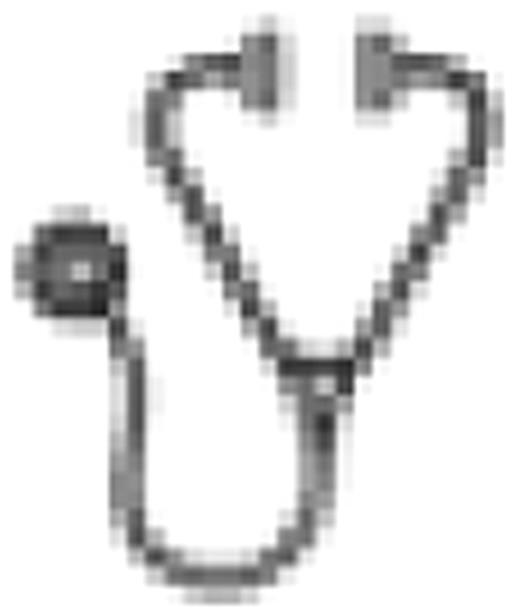Abstract
Abstract 2134
L-asparaginase is a vital component of multi-agent chemotherapy for children and young adults with acute lymphoblastic leukemia (ALL). In the United States, there are 2 asparaginase preparations approved by the Food and Drug Administration, native E. coli (Elspar®) and PEG-asparaginase (Oncaspar®). PEG-asparaginase is the most commonly utilized asparaginase product due to its longer half-life and decreased immunogenicity. However, the incidence of clinical allergy to PEG-asparaginase approaches 20%, with repeated administration. Due to cross reactivity with native E. coli asparaginase, there is no FDA-approved preparation available for patients who develop clinical allergy to PEG-asparaginase. A third preparation, Erwinia asparaginase (Erwinase®), derived from Erwinia chrysanthemi, is not commercially available in the United States. The optimal dosing of Erwinase® necessary to obtain nadir asparaginase activity > 0.1 IU/mL similar to that obtained after conventional dosing of PEG-asparaginase is unknown.
We hypothesized that substitution of Erwinase® 25,000 IU/m2 × 6 doses intramuscularly (IM) on a Monday/Wednesday/Friday schedule in children and young adults with ALL would provide a 48 hour nadir serum asparaginase activity ≥ 0.1 IU/mL, and effectively deplete plasma asparagine, a surrogate marker of asparaginase activity. Eligible patients on COG study AALL07P2 were >1 to <30 years of age, concurrently enrolled on a frontline COG ALL treatment study, and had documented ≥ grade 2 allergy (NCI Common Terminology Criteria 3.0) to PEG-asparaginase.
A total of 55 eligible/evaluable patients were enrolled from February 2008 to April 2010. Blood samples were obtained at scheduled time points during Erwinase® therapy and assayed for serum asparaginase activity and asparagine concentration in plasma. Nadir serum asparaginase activity ≥ 0.1 IU/mL was achieved in 49/53 patients (92.5%) at 48 hours after dosing and in 46/52 patients (88.5%) at 72 hours after dosing. Plasma asparagine was significantly depleted (<1.0 μM) in all 49 patients for whom samples were satisfactorily obtained. Grade 2–3 allergic reaction and grade 1–2 hyperglycemia related to Erwinase® were reported in 5 and 3 patients, respectively. There were no reports of hemorrhage, thrombosis, pancreatitis, or death.
Erwinase® as administered using the AALL07P2 regimen was well tolerated and achieved nadir serum asparaginase activity at both 48 and 72 hours after dosing that was similar to that achieved with PEG-asparaginase. We conclude that following allergy to PEG-asparaginase, Erwinase® 25,000 IU/m2 × 6 doses IM on a Monday/Wednesday/Friday schedule can be substituted for a single dose of PEG-asparaginase.
Supko: EUSA Pharma: Research Funding. Plourde: EUSA Pharma: Employment. Winick: EUSA Pharma: EUSA Advisory Board.

This icon denotes an abstract that is clinically relevant.
Author notes
Asterisk with author names denotes non-ASH members.

This feature is available to Subscribers Only
Sign In or Create an Account Close Modal